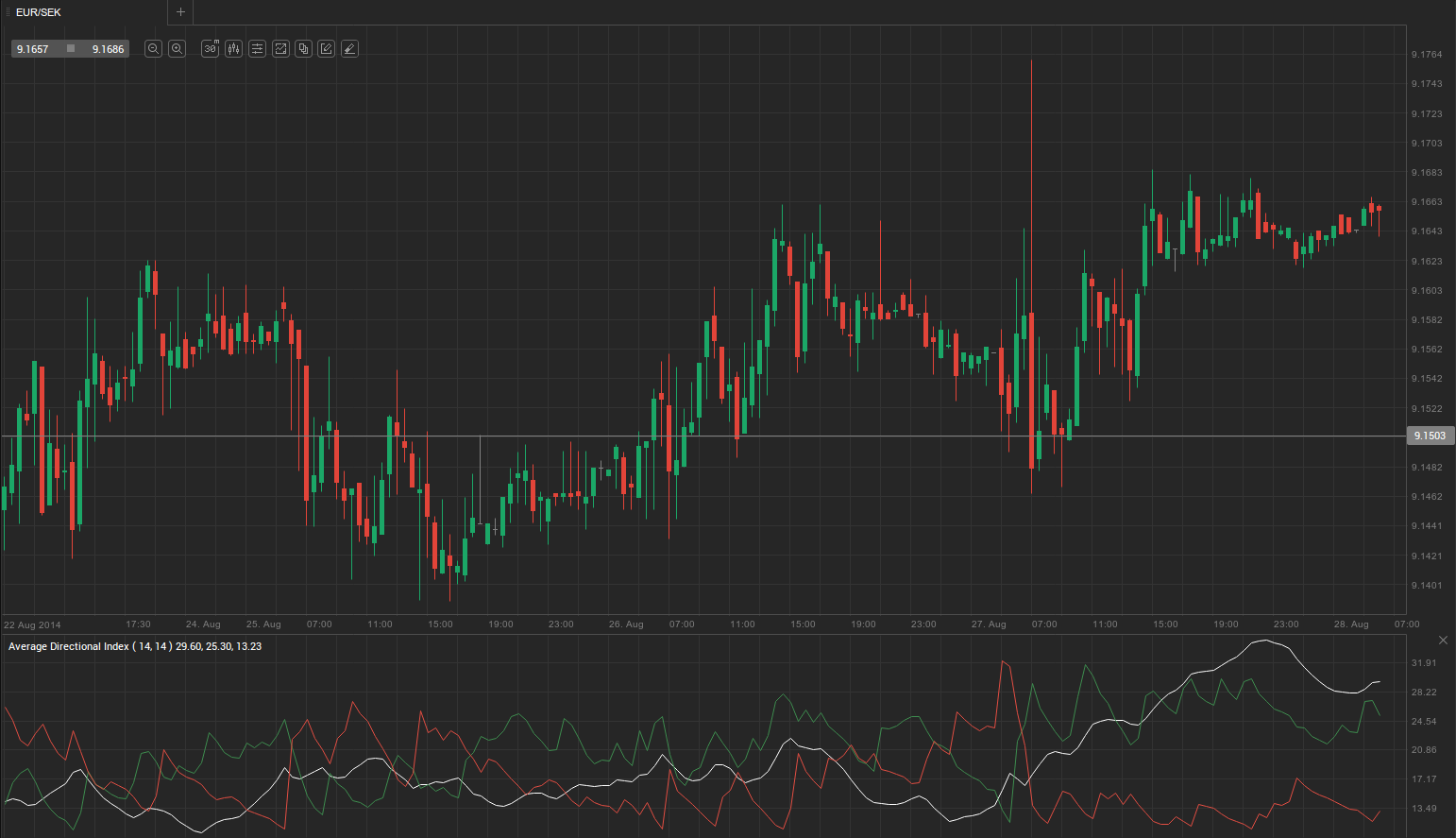Yesterday’s trade saw EUR/SEK within the range of 9.1778 – 9.1481. The pair closed at 9.1662, adding 0.06% on a daily basis.
At 6:13 GMT today EUR/SEK was down 0.03% for the day to trade at 9.1658. The pair held in a daily range of 9.1632 – 9.1707.
Fundamental view
Eurozone business and consumer confidence
The European Commission is expected to report at 9:00 GMT that its index of executive and consumer sentiment fell in August to the lowest in half a year. The Economic Sentiment indicator is projected to register at 101.5, compared to 102.2 in July, the weakest since February.
Business Climate is projected to have worsened, with the respective indicator scoring at 0.1 from 0.2 in July, while consumer confidence also likely fell, touching -10.00, compared to -8.40 in July.
Like with other economies, here consumer confidence is considered as a leading indicator as well as it has a predictive value for consumer spending, which itself is a major part of GDP. The reading is based on a survey of about 2 300 consumers within the Eurozone, which are asked to evaluate the economic prospects ahead.
Industrial sentiment is also expected to have worsened in August, with the corresponding indicator projected to have fallen to -5.0 from -3.8 in July.
Spain
Spains economy grew by at an annualized 1.2% pace in the second quarter, the National Institute of Statistics will likely report at 7:00 GMT, following a 0.5% rise in economic output in the first quarter. Quarter-on-quarter, the Spanish economy is expected to have achieved an expansion rate of 0.6%, compared to 0.4% in the previous three months.
Spain’s annualized index of consumer prices (CPI) probably fell 0.2% in August, according to preliminary estimates, after contracting by 0.3% in July. The index measures the change in price levels of a basket of goods and services from consumer’s perspective and also reflects purchasing trends. In case the CPI dropped more than projected, this would have a bearish effect on the euro. The National Institute of Statistics will release its official report at 7:00 GMT.
Spains annualized CPI, evaluated in accordance with Eurostat’s harmonized methodology, probably marked a 0.6% decline in August, compared to a 0.4% contraction in July.
Germany
The number of unemployed people in Germany probably dropped by 5 000 in August, according to the median forecast by experts, after a decline of 12 000 during July. A possible decrease is indicative of a more active consumer spending, while the latter is tightly related to economic growth. At the same time, the seasonally adjusted rate of unemployment in the country probably remained unchanged at 6.7%. In case the number of the unemployed Germans decreases more than projected and the unemployment rate drops, this would have a bullish effect on the euro. Germanys Statistics Office will release the official data at 7:55 GMT.
Later in the day, at 12:00 GMT, Germanys Federal Statistical Office will likely report that its preliminary annualized Consumer Price Index probably rose by 0.8% in August, matching Julys rise. Month-on-month, consumer prices are expected to have remained flat, compared to a 0.3% rise in July.
The index presents a general picture of the price change in the country, while encompassing all household types, all regions and all goods and services demanded (food, clothing, automobiles, rental, repair and hairdressing services etc). The index is based on a basket of goods and services, which is regularly renewed, so that goods and services, purchased more often by consumers, are included in the present survey.
The leading EU nations preliminary annualized CPI, evaluated in accordance with the harmonized methodology, probably also matched Julys 0.8% rise, while on a monthly basis Germanys HICP was flat.
In case the CPI came below expectations and distanced further from the 2-percent inflation objective, set by the European Central Bank, this would mount selling pressure on the euro. Destatis is scheduled to publish the CPI report at 12:00 GMT.
Italy
Italys National Institute of Statistics is likely to report at 08:00 GMT that retail sales in the Eurozones third-largest economy fell by an annualized 0.9% in June, compared to a 0.5% decline in May. Month-on-month, retail sales probably contracted by 0.2% following a -0.7% reading during the preceding period.
A separate report by the Organisation for Economic Co-operation and Development is poised to show that business confidence in Italy fell in August to the lowest since March. The corresponding indicator probably slipped to 99.3 from 99.7 in July.
Sweden
Retail sales in Sweden likely rose by 0.3% in July, compared to a 0.5% jump in June, the SCB – Statistics Sweden will report at 7:30 GMT. Year-on-year, purchases from retail stores likely surged by 4.1%, exceeding the previous periods 3.3% gain.
The calculation excludes motor vehicles, including repair shops for personal and household goods. It provides vital information regarding consumer spending, which makes up a major part of GDP.
Technical view
According to Binary Tribune’s daily analysis, the central pivot point for the pair is at 9.1640. In case EUR/SEK manages to breach the first resistance level at 9.1800, it will probably continue up to test 9.1937. In case the second key resistance is broken, the pair will probably attempt to advance to 9.2097.
If EUR/SEK manages to breach the first key support at 9.1503, it will probably continue to slide and test 9.1343. With this second key support broken, movement to the downside will probably continue to 9.1206.
The mid-Pivot levels for today are as follows: M1 – 9.1275, M2 – 9.1423, M3 – 9.1572, M4 – 9.1720, M5 – 9.1869, M6 – 9.2017.
In weekly terms, the central pivot point is at 9.1564. The three key resistance levels are as follows: R1 – 9.1791, R2 – 9.2035, R3 – 9.2262. The three key support levels are: S1 – 9.1320, S2 – 9.1093, S3 – 9.0849.






